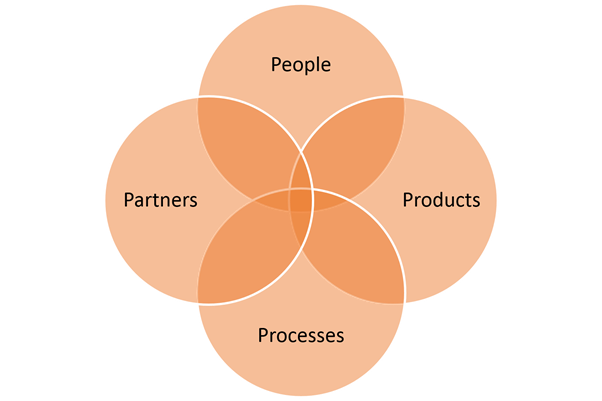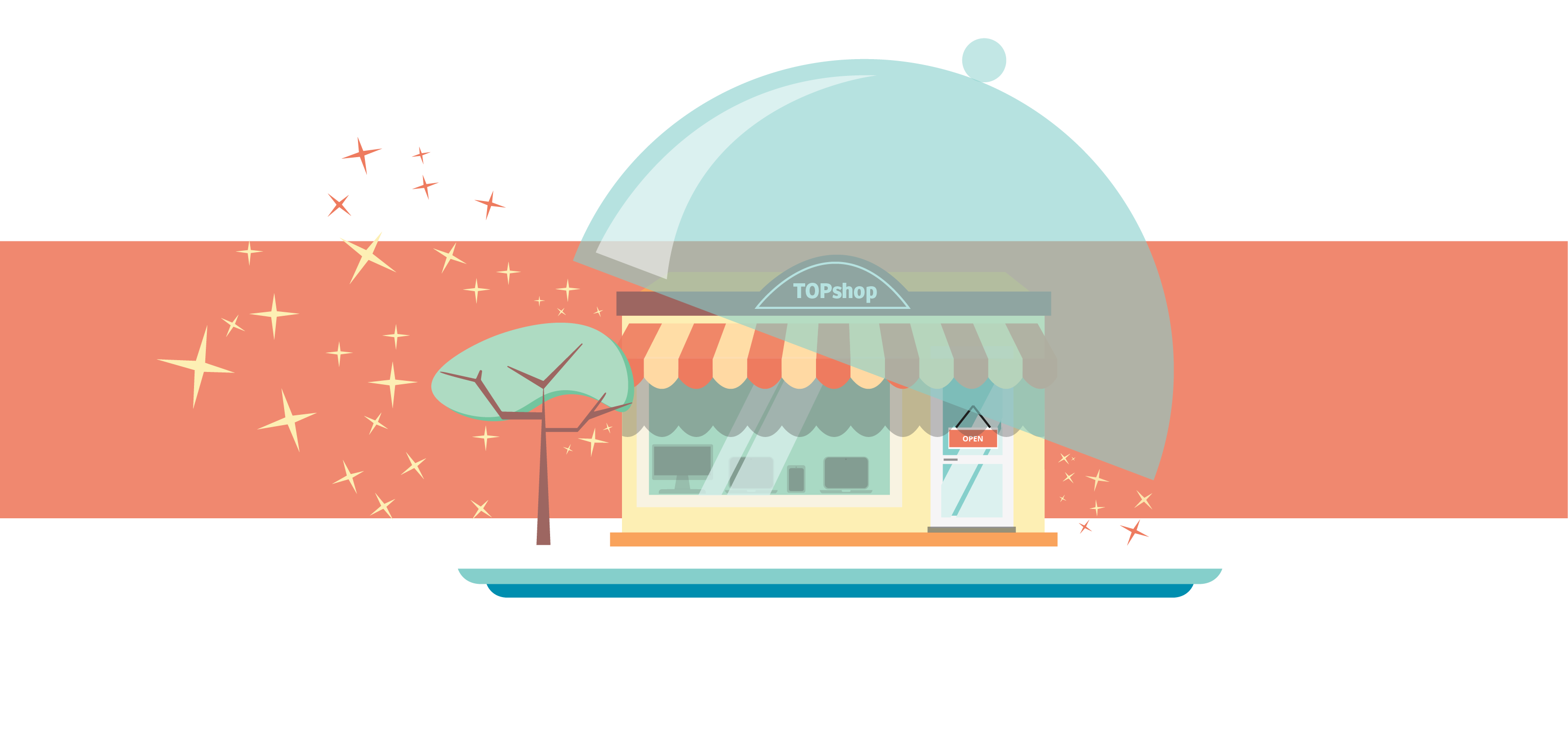
Hannah Price
Consultant and knowledge sharing enthusiast
ITSM is always changing. We’re constantly developing new technologies in a bid to make businesses run more efficiently. While that’s all well and good, we seem to have forgotten why we invest in these advances: to benefit people.
Thankfully, IT professionals are starting to recognize the need to be more people-focused and less focused on key performance indicators (KPIs). Look at the exciting shift towards XLAs, for example. Now, let's extend that thinking to the way we approach Service Design overall.
What is service design in ITSM?
Service Design is essentially a discipline that shapes and tailors your business to fit with your customers’ needs. If you want your service to shine – and I’m sure you do – you need to consider the overall experience of your service delivery. This is more important now than it’s ever been for both internal and external service providers.
To put this in context, have a think about your favourite café. For some reason you stick with one café in particular, even if there are other ones in the neighborhood. Maybe it’s because it has a nicer atmosphere, the staff smile when you walk in, or they have more convenient ways to pay. What does your service desk offer that’s a little different to keep customers coming back?
Now, you're not a café. You're a service desk. service desks don’t have paying customers, so why do you need to care about branding? Well, you still need to deliver good service – and a large part of this is how you present it. And there’s much to learn from commercial businesses. Take the 4 Ps of Service Design for example:
4 Ps of Service Design:
The core of Service Design is the 4 Ps:
- People: People are in charge of providing IT services. But your end users are also people. Make sure you give proper focus to both when you design your Service Delivery processes.
- Products: The products are the tools, services, and technology used in the delivery of, and support of, the services. The better these are for purpose, the better is the Customer Experience - but also remember that sometimes less is more. More tools and software isn't always the answer. Think simplicity.
- Processes: Processes support and manage the services being offered so that the services meets your customers' expectations. Make every process as easy as it can be, for both your team and your end-users.
- Partners: When designing services, vendors, manufacturers, and suppliers should be considered too. They're needed to support services - and becoming more and more central to Service Delivery with the years.

This is your Service Design mix. You need a little bit of everything of the above, but what makes you stand out is where you put your focus. For example, a lot of traditionally ITIL-based organizations are quite bound to processes. See an example here of why that isn't optimal. A more customer-focused service desk would put more focus on people, and they would focus not only on people in the service desk but also the end users.
1. Put the customer first
Service Design is of course a part of the ITIL framework. But the thing is, ITIL looks at Service Design inside out - from your service desk to the people. The problem is of course that the customer comes first. So how do you design your services with that in mind? Here are some quick tips:
Explore Workforce Enablement
Workforce Enablement is our take on Forrester's concept of Employee Experience. Service Management in the late 2010s is all about creating flow - allowing your customers to work where they want, when they want, with their preferred apps and devices. There are simple processes you can put in place here that will boost your service quality and vastly improve customer satisfaction. Have a read of this blog post to learn more.
Improve your Self-Service Portal
If you provide customers with the tools to solve their problems – such as an updated knowledge base and FAQs – it saves everyone valuable time. If you don’t have a self-service portal, get one! If you have one, is it optimized?
Manage you KPIs more effectively
Try to run a maximum of 8 reports that you use frequently, rather than a whole bunch that you can’t keep tabs on. That way, you make you KPIs easier and have time to focus on and consider your customer. Make sure your KPIs are tracking the right things, are linked to your desired customer experience, and linked to your SLAs.
Make the most of Knowledge Management
Share knowledge between all your operators. It speeds up processes! Read this for an intro to Best Practice Knowledge Management.
2. Map out your desired customer experience
A really useful strategy for improving your service desk is to map out customer journeys via the creation of stereotypical personas. This is an effective way to get to grips with all the interactions (referred to as touch points) your customer may come across. This not only gives you the opportunity to experience your service from the perspective of a customer, but allows you to make informed decisions about improvements.
Before you begin this process, decide what you want your customer to experience, then investigate if you are living up to this ideal through customer mapping. We’ve written pretty extensively on this topic, if you want to know more, have a read of this blog.
3. Map out the processes you will use
You also want to look at the processes you want to use, be forward thinking and plan ahead. Consider how you might reach your goals, Get strategic.
For example, ask yourself: what channels are available to log a ticket? How well do these channels function and how are you leading people to them? There is a self-service portal, but do people know about it? Questions like these will help you understand your processes better so you can make effective improvements.
Here are some tips and tricks on better Self-Service Portal promotion, for example >>
4. Train your department in the new customer experience
The most important ingredient for customer-focused service delivery is your team. They need to be incentivized to contribute to the service desk culture.
At TOPdesk Support, for example, great customer service is rewarded with amazing incentives, from team dinners, to new gadgets, to days out zip lining through forests. Incentives like these are a great way to enable a culture that focuses on excellent customer service. TOPdesk also makes all their team members aware of the importance of their roles, and how their approach to customer service will affect them – for example, happier customers means better work environment. These are just small ways to ensure your team are providing customer service that is second to none.
Tools of Service Design
Service design is a broad subject and there are a number of alternative methodologies to explore that we haven’t covered in this post, including the following:
- Stakeholder maps
- Business Origami
- Service Blueprints
For further reading, I recommend you explore some of these concepts, and read more about Customer Journeys as well.
Learn more
Get into a customer experience mindset with our e-book on Customer Centricity. It's packed with tips for how to create better customer journeys, implement Self-Service Portals: showing how to put the customer first and show the results it creates.


Submit a Comment